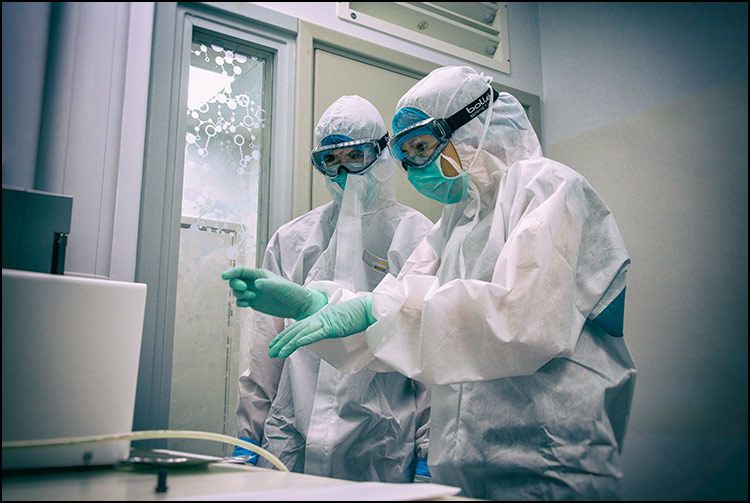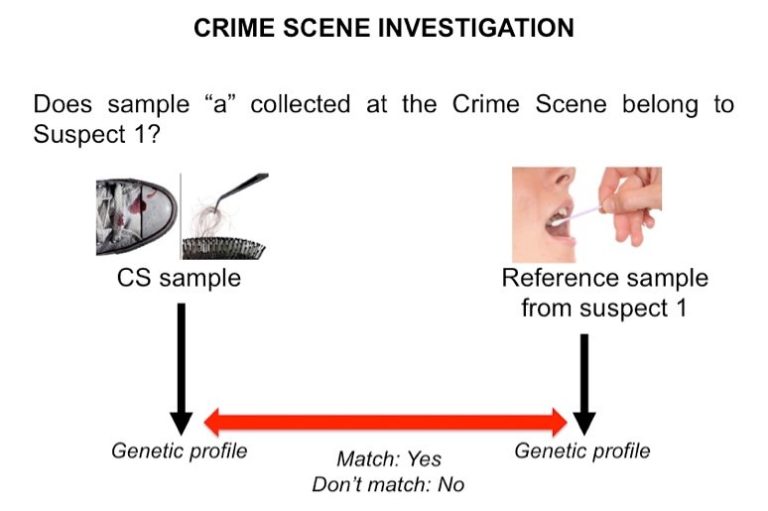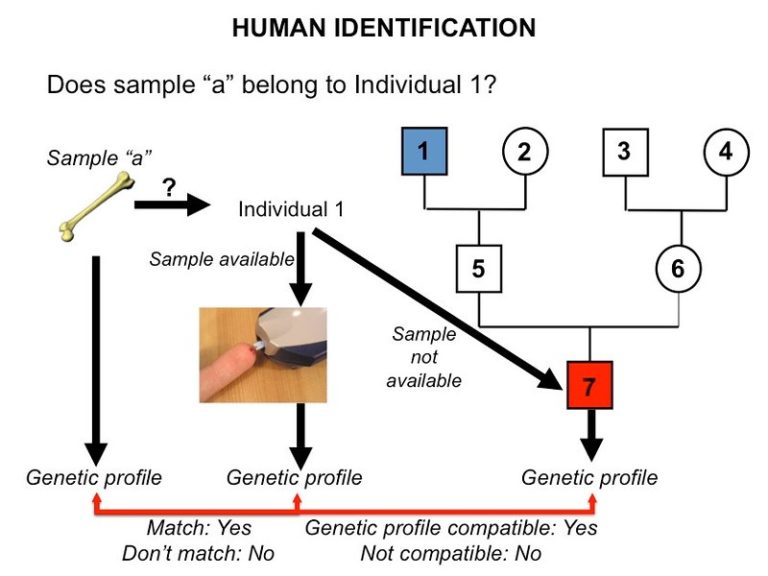
Reach your personal and professional goals
Unlock access to hundreds of expert online courses and degrees from top universities and educators to gain accredited qualifications and professional CV-building certificates.
Join over 18 million learners to launch, switch or build upon your career, all at your own pace, across a wide range of topic areas.


 Types of DNA polymorphisms. Copyright Eva Fernández-Domínguez.
Types of DNA polymorphisms. Copyright Eva Fernández-Domínguez.
 Human identification using DNA in a crime scene investigation. Copyright: Eva Fernández-Domínguez.
Human identification using DNA in a crime scene investigation. Copyright: Eva Fernández-Domínguez.
 Human identification using DNA in a case of missing persons. In the family pedigree, squares represent male and circles female individuals. Copyright: Eva Fernández-Domínguez.
Human identification using DNA in a case of missing persons. In the family pedigree, squares represent male and circles female individuals. Copyright: Eva Fernández-Domínguez.






